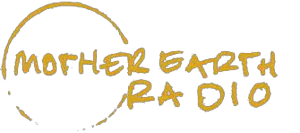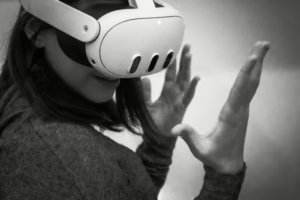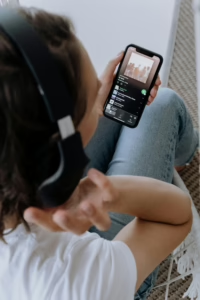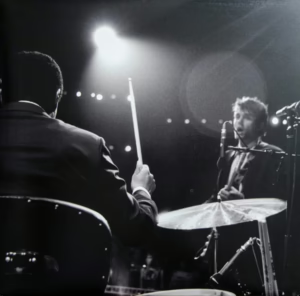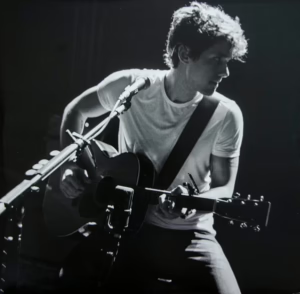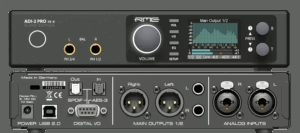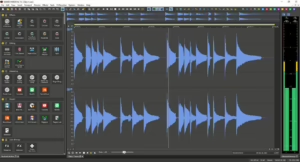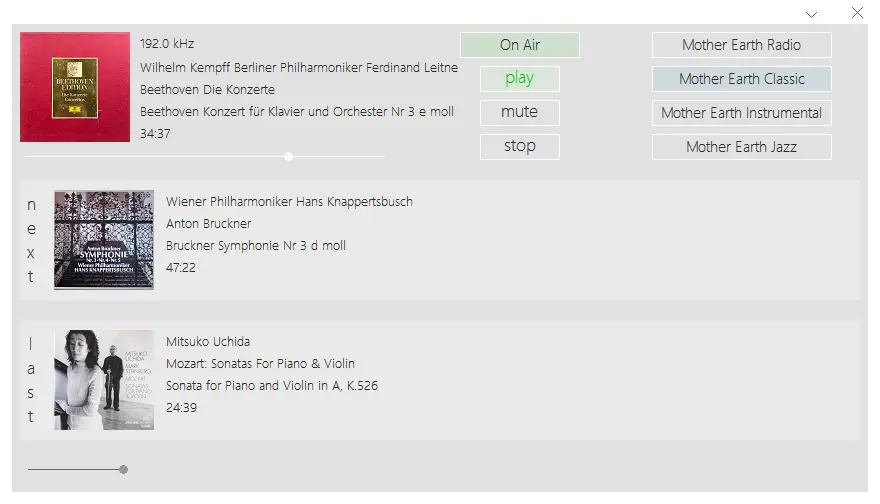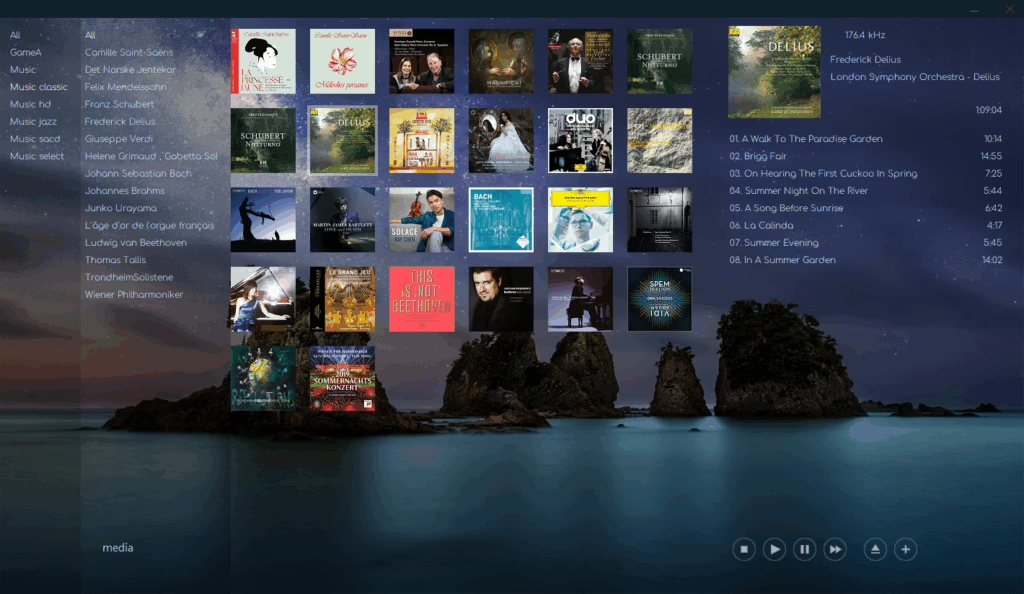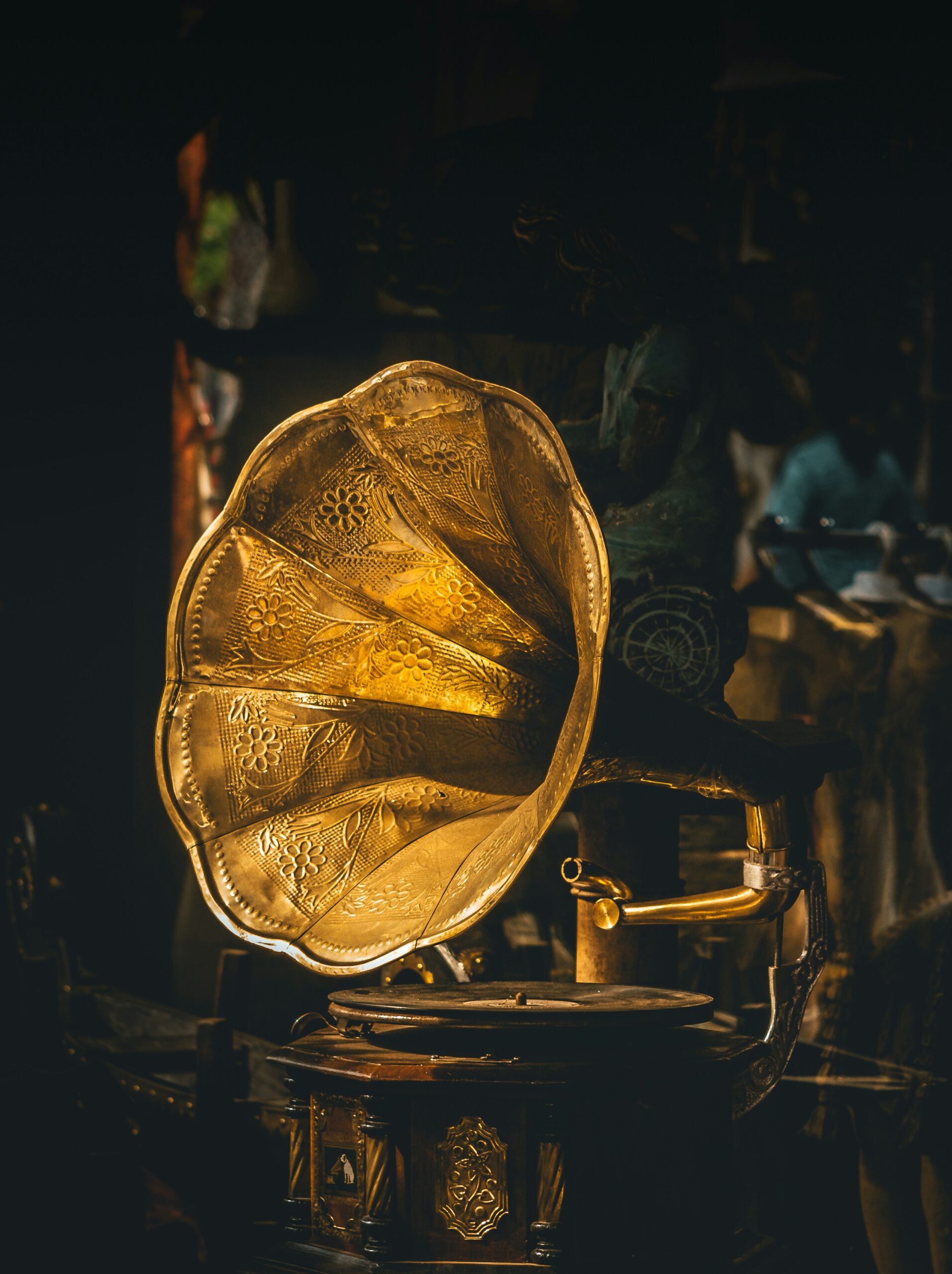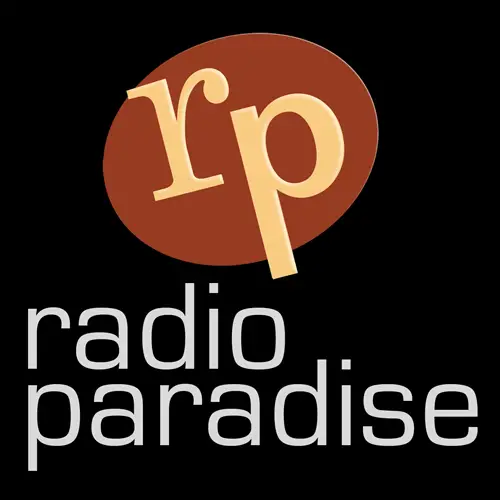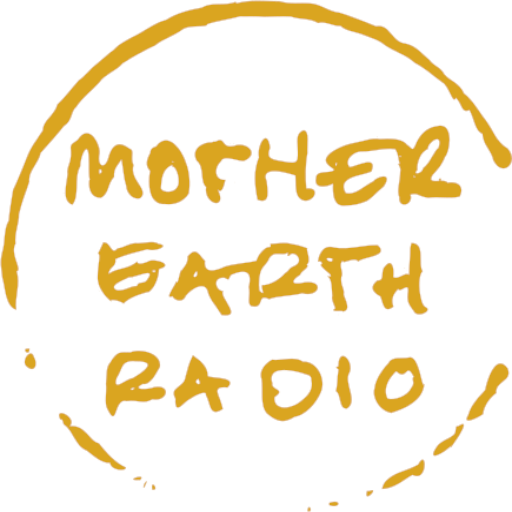An Unlikely Revelation: My Childhood Ear
As a child, I didn’t know I possessed a unique gift, only that melodies moved me differently. I remember my primary school report card, where my art teacher wrote: “In the musical domain, his sensitivity in the emotional sphere is striking.” This seemingly simple observation was, in hindsight, the first glimpse into a world where sound transcended mere auditory perception. It was the earliest sign of my ability to grasp the raw emotions embedded within music, to hear the unspoken stories woven into each note. This revelation paved the way for a lifelong journey, deeply connected to the profound human element within sound.
The Soul in the Signal: A Unique Perception
To truly “hear” the soul in an audio signal means perceiving the human truth within every vibration. Imagine listening to a speaker and instantly knowing if they’ve slept poorly or are preoccupied, simply from the subtle tremor in their voice. Or witnessing a drummer, utterly absorbed, pour their entire being into a single crash cymbal strike – a moment so intense it feels like their last act on Earth. This isn’t just about perfect pitch or technical analysis; it’s about discerning the passion, the vulnerability, and the complete human existence poured into each sound. This unique sensitivity transcends mere auditory reception, making music a gateway to understanding our shared humanity.
The Frustration of Unshared Worlds
This deep perception, however, often came with a quiet frustration. How do you explain the profound emotional weight of perfectly captured music to someone who doesn’t hear the difference, or simply isn’t interested? In a world where music often becomes background noise, conveying the intricate nuances and raw emotions embedded in each high-resolution note felt like trying to describe color to someone who only sees in black and white. It was disheartening to witness the disconnect, highlighting the challenge of bridging the gap between those who merely hear and those who truly listen, seeking the soul within the sound. This yearning to share authentic sound and the deep human connection it fosters became a quiet quest.
Mother Earth Radio: My Answer to the Unheard
From this persistent yearning, Mother Earth Radio was born. It became my personal answer to the “unheard”—a sanctuary for those who crave music in its purest, most authentic form. This platform isn’t just a collection of songs; it’s a dedicated space where every note and texture is cherished. Here, my deep passion for high-resolution audio and my decades of experience in audio engineering converge, creating a unique, independent radio experience. Mother Earth Radio is my testament to the human connection in music, bridging the gap for those who seek a deeper, more authentic sound.
The Validation of a Global Audience
Broadcasting the soulful melodies of Mother Earth Radio brought an unexpected, overwhelming joy. Messages poured in from listeners across continents, affirming that my pursuit wasn’t solitary. This global audience resonated deeply with the unique sound and emotional depth of the music, proving that there are indeed hearts that beat faster when they hear music as I do. Their gratitude for the high-resolution audio experiences and the emotional connection felt reaffirmed that music, in its purest form, transcends all barriers, uniting souls in a shared appreciation for authentic sound. This validation underscored the importance of creating spaces like Mother Earth Radio, where genuine music experiences are celebrated worldwide.
Beyond the Noise: My Definition of Music
In a world saturated with sound, my definition of music transcends mere noise. For me, music isn’t just a series of notes; it’s the very language of the soul, an unfiltered symphony of raw emotion, genuine storytelling, and resonant human experience. Much of what passes as “music” today simply doesn’t meet this profound standard. Mother Earth Radio stands as my answer to this reality—a beacon for those seeking true musical encounters where high-resolution audio meets deep sound sensitivity, and where the emotional connection to music is not a fleeting moment but a lasting imprint. This is where I’ve found my definition of music: beyond the noise, in its truest, most authentic soul.
Florian Reiterer is an audio engineer and musician with a passion for high-resolution audio. He founded Mother Earth Radio to explore and deliver the best possible listening experience.
…see full Bio
